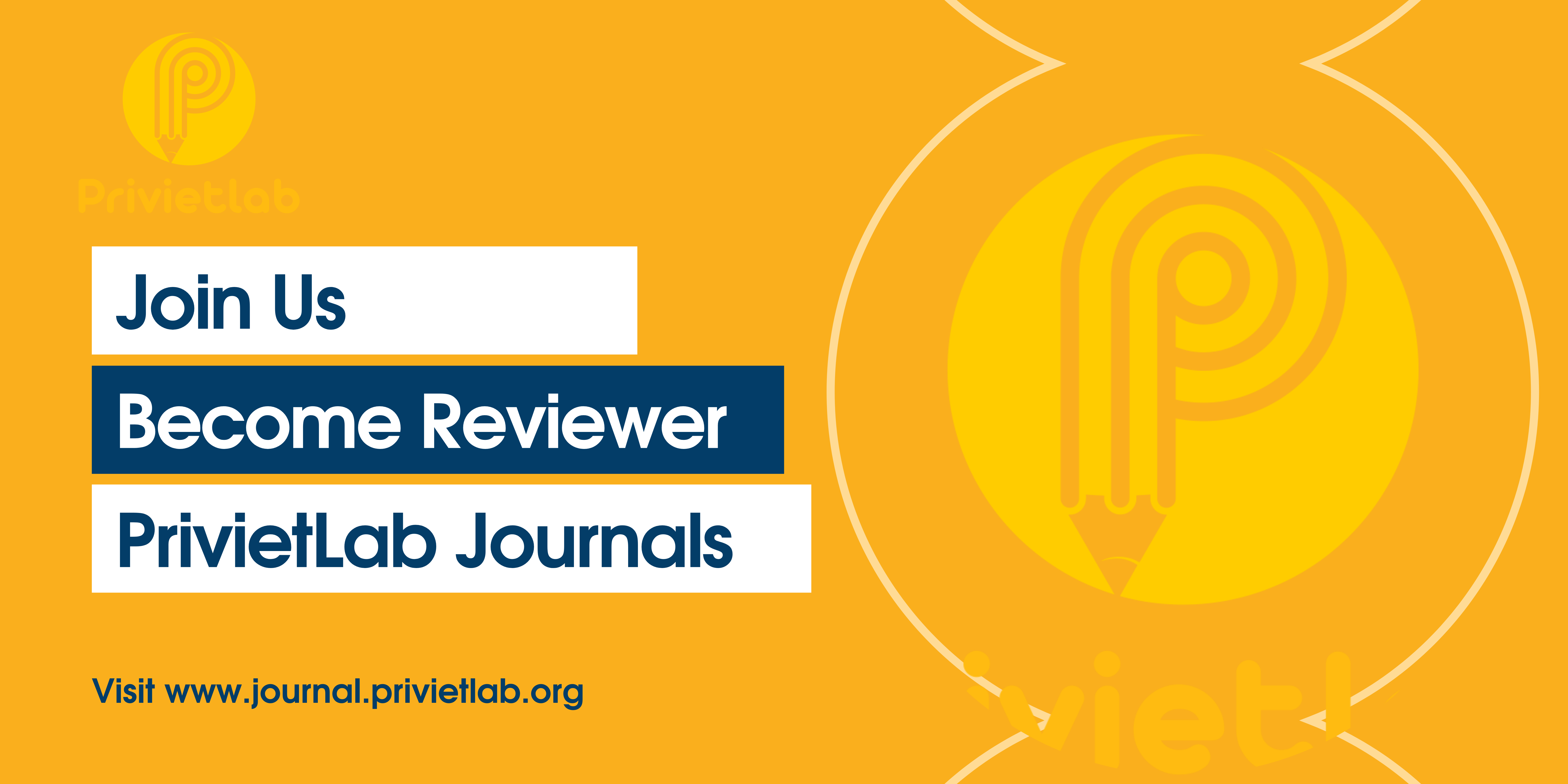The influence of service quality, passenger satisfaction, perceived value, and airline brand love on word-of-mouth behavior among domestic airline users in Indonesia
DOI:
https://doi.org/10.55942/pssj.v4i6.237Keywords:
Passenger Satisfaction, Airline Brand Love, Word of Mouth, Perceived Value, Service QualityAbstract
This study aims to analyze the impact of crucial dimensions in the Indonesian domestic airline industry, namely Service Quality, Passenger Satisfaction, Perceived Value, and Airline Brand Love, on Word of Mouth (WOM) behavior among passengers. Data was collected from respondents who are users of domestic airlines in Indonesia. The analysis revealed several key findings. Firstly, Passenger Satisfaction has a significant positive influence on both Airline Brand Love and Word of Mouth. This relationship is supported by the calculated t-value exceeding the critical t-value and the significance level (P-value) being less than 0.05. Therefore, to increase sales, improving passenger satisfaction levels should be a priority. Secondly, Perceived Value does not have a significant positive influence on either Airline Brand Love or Word of Mouth. This is evident from the calculated t-value being lower than the critical t-value and the P-value being greater than 0.05. Nevertheless, it's important to still consider the aspect of Perceived Value in efforts to enhance customer experience. Thirdly, Service Quality has a proven significant positive influence on Airline Brand Love, but not on Word of Mouth. This positive relationship is indicated by the calculated t-value exceeding the critical t-value and the significance level being less than 0.05. In this context, improving service quality can be a crucial factor in building brand love for the airline. Thus, this study provides insights into the factors influencing Word of Mouth behavior in the Indonesian domestic airline industry. The implications of these findings are the need for airline companies to focus on improving passenger satisfaction and service quality to strengthen the connection between Passenger Satisfaction, Airline Brand Love, and Word of Mouth. Additionally, although Perceived Value does not have a significant impact in this context, it remains important to consider this factor in efforts to maintain customer satisfaction and loyalty.
References
DAFTAR PUSTAKA
Aga, M., & Safakli, O. V. (2007). An Empirical Investigation of Service Quality and Customer Satisfaction in Professional Accounting Firms: Evidence from North Cyprus. In Problems and Perspectives in Management (Vol. 5).
Aguirre-Urreta, M., & Rönkkö, M. (2015). Sample size determination and statistical power analysis in PLS using R: An annotated tutorial. Communications of the Association for Information Systems, 36, 33–51. https://doi.org/10.17705/1cais.03603
Amstrong, K. D. (2010). Bauran Pemasaran Edisi 4. Jakarta: PT. Penhalindo.
Ballantyne David, Christopher Martin, & Payne Adrian. (1995). Improving the quality of services marketing: Service (Re) design is the critical link. Journal of Marketing Management, 11(1–3), 7–24.
Besley, S., & Brigham, E. F. (2008). Essentials of managerial finance. Cengage learning.
Bisnis, J., Pemasaran, D., Tri, R., & Yanto -Nefertari, Y. (n.d.). Pengaruh Kualitas Pelayanan Terhadap Kepuasan Pelanggan di Maskapai Penerbangan XpressAir Bandung.
Boubker, O., & Naoui, K. (2022). Factors affecting airline brand love, passengers’ loyalty, and positive word-of-mouth. A case study of Royal Air Maroc. Case Studies on Transport Policy, 10(2), 1388–1400. https://doi.org/10.1016/j.cstp.2022.05.006
Carroll, B. A., & Ahuvia, A. C. (2006). Some antecedents and outcomes of brand love. In Marketing Letters (Vol. 17, Issue 2, pp. 79–89). https://doi.org/10.1007/s11002-006-4219-2
Chen, C. F. (2008). Investigating structural relationships between service quality, perceived value, satisfaction, and behavioral intentions for air passengers: Evidence from Taiwan. Transportation Research Part A: Policy and Practice, 42(4), 709–717. https://doi.org/10.1016/j.tra.2008.01.007
Chin, W. W. (1998). The partial least squares approach to structural equation modeling. Modern Methods for Business Research, 295(2), 295–336.
Chin, W. W., & Todd, P. A. (1995). On the Use, Usefulness, and Ease of Use of Structural Equation Modeling in MIS Research: A Note of Caution. MIS Quarterly, 19(2), 237–246. https://doi.org/10.2307/249690
Chou, J.-S., & Yeh, C.-P. (2013). Influential constructs, mediating effects, and moderating effects on operations performance of high speed rail from passenger perspective. Transport Policy, 30, 207–219.
Cindy Mutia Annur. (2022). Pangsa Pasar Penerbangan Domestik Menurut Perusahaan Maskapai. https://databoks.katadata.co.id/datapublish/2022/10/22/inilah-maskapai-dengan-pangsa-pasar-penerbangan-domestik-terbesar-pada-2021)
Creswell, J. W. (2012). Educational research. pearson.
Ekiz, E. H., Hussain, K., Bavik, A., & Bavik, A. (n.d.). Creating Customer Value in Tourism and Hospitality Industry, pp. 778-790 PERCEPTIONS OF SERVICE QUALITY IN NORTH CYPRUS NATIONAL AIRLINE.
Farooq, M. S., Salam, M., Fayolle, A., Jaafar, N., & Ayupp, K. (2018). Impact of service quality on customer satisfaction in Malaysia airlines: A PLS-SEM approach. Journal of Air Transport Management, 67, 169–180. https://doi.org/10.1016/j.jairtraman.2017.12.008
Fournier, S., & Mick, D. G. (1999). Rediscovering satisfaction. Journal of Marketing, 63(4), 5–23.
Ghozali, I., & Latan, H. (2015). Konsep, teknik, aplikasi menggunakan Smart PLS 3.0 untuk penelitian empiris. BP Undip. Semarang, 290.
Grönroos, C. (1984). A service quality model and its marketing implications. European Journal of Marketing, 18(4), 36–44.
Hair, J. F., Risher, J. J., Sarstedt, M., & Ringle, C. M. (2019). When to use and how to report the results of PLS-SEM. European Business Review, 31(1), 2–24. https://doi.org/10.1108/EBR-11-2018-0203
Hardiani & Kartika Fajar Nieamah. (2022). baimppkn,+66+PENGARUH+KUALITAS+PELAYANAN+DAN+CITRA+MEREK+TERHADAP+KEPUASAN+PENGGUNA+JASA+PADA+MASKAPAI+CITILINK+DI+BANDAR+UDARA+KOMOD. 6.
Hussain, R., Al Nasser, A., & Hussain, Y. K. (2015). Service quality and customer satisfaction of a UAE-based airline: An empirical investigation. Journal of Air Transport Management, 42, 167–175.
Jing Zhang, & Bloemer, J. M. M. (2008). The Impact of Value Congruence on Consumer-Service Brand Relationships. Journal of Service Research, 11(2), 161–178.
Kaushik Mukerjee. (2018). The impact of brand experience, service quality and perceived value on word of mouth of retail bank customers: investigating the mediating effect of loyalty. Journal of Financial Services Marketing, 23, 12–24.
Keller, K. L. (2001). Building customer-based brand equity: A blueprint for creating strong brands.
Koklic, M. K., Kukar-Kinney, M., & Vegelj, S. (2017). An investigation of customer satisfaction with low-cost and full-service airline companies. Journal of Business Research, 80, 188–196.
Kotler, P. (2009). Manajemen Pemasaran. Indeks.
Kotler, P., & Keller, K. L. (2012). Maketing management. New Jersey: Library of Congress.
Lee, A. Y., & Labroo, A. A. (2004). The effect of conceptual and perceptual fluency on brand evaluation. Journal of Marketing Research, 41(2), 151–165.
Lewis Barbara R. (1993). Service Quality Measurement. Marketing Intelligence & Planning, 11, 4–12.
Liu, C. H. S., & Lee, T. (2016). Service quality and price perception of service: Influence on word-of-mouth and revisit intention. Journal of Air Transport Management, 52, 42–54. https://doi.org/10.1016/j.jairtraman.2015.12.007
Lusch, R. F., Vargo, S. L., & O’brien, M. (2007). Competing through service: Insights from service-dominant logic. Journal of Retailing, 83(1), 5–18.
Maclaran, P., & Mcgowan, P. (n.d.). Competitive advantage in engineering firms Managing service quality for competitive advantage in small engineering firms.
Pappachan, J. (2021). Influence of service quality, loyalty programme and perceived value on word-of-mouth behavior of domestic and international airline passengers in India. Vilakshan - XIMB Journal of Management. https://doi.org/10.1108/xjm-02-2021-0041
Parasuraman, A., Zeithaml, V. A., & Berry, L. L. (1985). A Conceptual Model of Service Quality and Its Implications for Future Research. 49(4), 41–50.
Prasetijo, R. H., Priyanto, S. H., Ihalauw, J. J., & Andadari, R. (2019). DOES AN SME HOTEL ADOPT CUSTOMER ORIENTATION?(A Case Study in an SME Hotel in Solo, Central Java, Indonesia). Fokus Ekonomi: Jurnal Ilmiah Ekonomi, 14(1), 79–91.
Ranjbarian, B., Kazemi, A., & Borandegi, F. (2013). Analyzing the antecedents and consequences of brand love with a case study on apple cell phone users. International Journal of Academic Research in Business and Social Sciences, 3(11), 320–329.
Reynoso, L., Genero, M., & Piattini, M. (2010). Refinement and Extension of SMDM, a Method for Defining Valid Measures. J. Univers. Comput. Sci., 16(21), 3210–3244.
Rust, R. T., & Verhoef, P. C. (81 C.E.). L. Oliver,(1994),“Service Quality Insights and Managerial Implications From the Frontier,.” In Service Quality: New Dimensions in Theory and Practice (pp. 1–9). Thousand Oaks, CA: Sage.
Schultz Kleine, S., Menzel Baker, S., & Schultz Kleine Is Associate, S. (2004). Kleine and Baker/An Integrative Review of Material Possession Attachment An Integrative Review of Material Possession Attachment. http://www.amsreview.org/articles/kleine01-2004.pdf
Sekaran, U., & Bougie, R. (2016). Research methods for business: A skill building approach. john wiley & sons.
Sugiyono, D. (2013). Metode penelitian pendidikan pendekatan kuantitatif, kualitatif dan R&D.
Sugiyono, P. (2015). Metode penelitian kombinasi (mixed methods). Bandung: Alfabeta, 28, 1–12.
Sugiyono, P. D. (2019). Metode Penelitian Pendidikan (Kuantitatif, Kualitatif, Kombinasi, R&d dan Penelitian Pendidikan). Metode Penelitian Pendidikan, 67.
Sugiyono, S. (2016). Metode Penelitian Kuantitatif, Kualitatif, dan R&D Cetakan ke-23. Bandung: CV Alfabeta.
Sumaedi, S., Bakti, I. G. M. Y., Rakhmawati, T., Astrini, N. J., Widianti, T., & Yarmen, M. (2016). Factors influencing public transport passengers’ satisfaction: a new model. Management of Environmental Quality: An International Journal, 27(5), 585–597.
Syah, T. Y. R., & Wijoyo, C. K. (2021). Service Quality and Customer Satisfaction on WOM a Private Hospital in Indonesia. JMMR (Jurnal Medicoeticolegal Dan Manajemen Rumah Sakit), 10(1), LAYOUTING. https://doi.org/10.18196/jmmr.v10i1.10141
Ueltschy, L. C., & Krampf, R. F. (2001). Cultural Sensitivity to Satisfaction and Service Quality Measures. Journal of Marketing Theory and Practice, 9(3), 14–31. https://doi.org/10.1080/10696679.2001.11501894
Umar, H. (2013). Metode penelitian untuk skripsi dan tesis bisnis.
Waluyo, M. (2011). Modifikasi Model Bauran Pemasaran Plus Terhadap Variabel Pembentuk Yang Positif Dan Signifikan. Jurnal Teknik Industri, 12(1), 20–26.
Wen, C.-H., Lan, L. W., & Cheng, H.-L. (2005). Structural equation modeling to determine passenger loyalty toward intercity bus services. Transportation Research Record, 1927(1), 249–255.
Widyastuti, & Erfian. (2012). “Quality of Service and Emotion on the Word of Mouth with Customer Satisfaction as the Intervening Variable". Global Network Journal, 5, 338–359.
Woodruff, R. B. (1997). Customer value: the next source for competitive advantage. Journal of the Academy of Marketing Science, 25, 139–153.
Yulius, J. (2011). Pengaruh Kualitas Layanan Inti dan Tambahan terhadap Positif Word of Mouth di SMU Semarang. Jurnal Dinamika Manajemen, 13(1), 77–84.
Zeithaml, V. A., Berry, L. L., & Parasuraman, A. (1988). Communication and control processes in the delivery of service quality. Journal of Marketing, 52(2), 35–48.
Downloads
Published
How to Cite
Issue
Section
License
Copyright (c) 2024 Priviet Social Sciences Journal

This work is licensed under a Creative Commons Attribution 4.0 International License.

















